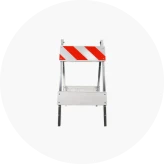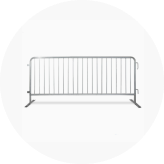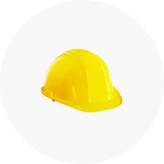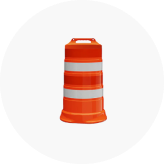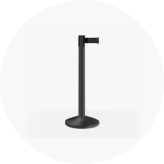A hard hat is more than just a piece of protective gear—it’s your first line of defense against head injuries on the jobsite. But even the strongest hard hat has limits. Without proper care and regular inspections, it can lose effectiveness and put you at risk. In this article, we’ll walk through how to clean, maintain, and inspect your hard hat so it continues to provide reliable protection.
🔎 Why Hard Hat Maintenance Matters
- Hidden Damage: Cracks, UV exposure, or worn suspension systems can weaken protection.
- Compliance: OSHA and ANSI standards require employers to provide safe, properly maintained PPE.
- Longevity: A well-cared-for hard hat can last longer, saving you money while ensuring safety.
🧼 Step 1: Cleaning Your Hard Hat
- Use Mild Soap & Warm Water – Avoid harsh chemicals, solvents, or abrasives that can weaken the plastic shell.
- Air Dry Only – Never leave your hard hat on a dashboard or in direct sunlight to dry, as heat can deform it.
- Remove Sweat & Dirt Build-Up – Regular cleaning prevents odor and bacterial growth inside the suspension.
🔄 Step 2: Inspecting the Shell
- Check for Cracks or Dents – Even small fractures can compromise safety.
- Look for Fading or Chalkiness – UV damage often shows as discoloration or a brittle texture.
- Press Test – If the shell feels soft or brittle when pressed, it’s time to replace it.
⚙️ Step 3: Inspecting the Suspension
- Examine Straps and Bands – Look for fraying, tearing, or loss of elasticity.
- Check Attachment Points – Ensure the suspension clips securely into the shell.
- Test Comfort & Fit – If adjustments slip or no longer hold, replace the suspension immediately.
⏳ Step 4: Knowing When to Replace
- Manufacturer’s Guidelines – Most hard hats should be replaced every 5 years.
- Suspension Systems – Replace every 12 months or sooner if damage is visible.
- After an Impact – If your hard hat is struck by a falling object or dropped from a significant height, replace it—even if no visible damage appears.
✅ Best Practices for Hard Hat Care
- Store in a cool, dry place, away from direct sunlight.
- Never apply stickers or paint unless approved by the manufacturer—these can hide cracks or weaken the material.
- Train employees to perform quick daily inspections before each shift.
Conclusion
Your hard hat is designed to save lives, but only if it’s properly cared for. By cleaning, inspecting, and replacing it on schedule, you’ll stay compliant with safety standards and protect yourself where it matters most.
👉 Browse our selection of Hard Hats to find durable, ANSI-certified options that keep your team safe on the job.

